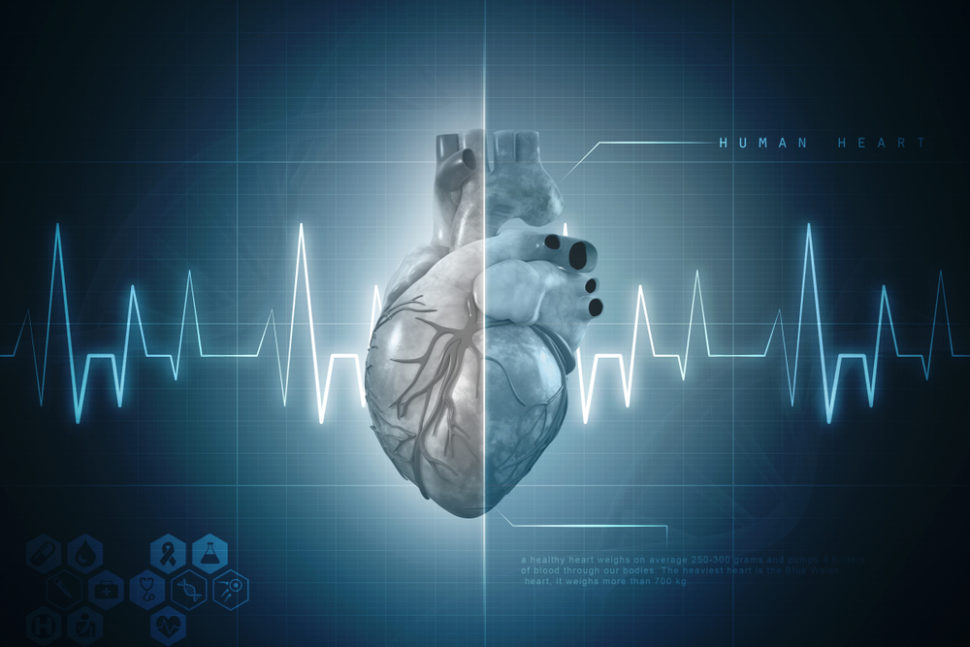Unlike some animals, humans lack the ability to regenerate dead muscle tissue after injuries like a heart attack.
However, the heart controls the damages by changing the dead cells into scar tissue. Unfortunately, this process limits the heart’s ability to contract and pump blood properly.
Heart failure is a deadly condition that takes millions of lives around the world every year. But now, stem cell scientists are getting closer to fixing damaged hearts through regeneration.
The ability to trigger heart regeneration would spare patients the effectiveness of therapeutic options and the complexities of heart transplants.
Stem Cell-Based Reparative Tool for Heart Regeneration
The shortage of blood supply to the heart can lead to myocardial infarction (MI). This happens when the formation of scar tissues cause permanent damage to the myocardium or heart muscle.
When all drug-based therapies fail, seriously-ill patients are left with no other option but heart transplantation.
Aside from the long waiting lists, heart transplantation is an invasive surgery that’s fraught with uncertainties. Even after the successful transplant operation, organ recipients have to go through drug treatment continuously to prevent their bodies from rejecting the organ.
One of the new biotechnologies promising to address many of the challenges that come with transplant is organ bioprinting. But even then, there’d be the same invasive surgery involved, though with less rejection risk.
While growing organs in the lab certainly sounds like an exciting prospect, another emerging technology with even more potential in this regard is stem cell therapy.
Biomedical researchers have been exploring stem cells for heart regeneration for years. Now a joint research team, including scientists from City University of Hong Kong (CityU), reports a novel stem cell-based approach.
Dr. Ban Kiwon, a stem cell biologist from the Department of Biomedical Sciences at CityU, explains:
“Heart is an organ composed of cardiac muscles and blood vessels, where vessels are essential to supply oxygen and energy to the muscles. Since both cardiac muscles and vasculatures would be severely damaged following MI, the therapeutic strategies should focus on comprehensive repair of both at the same time. But so far, the strategies only focus on either one.”
So, by utilizing two major types of stem cells, this dual approach goes beyond the rejuvenation of the muscle cells to target the vascular systems of the heart also. The two types include the mesenchymal stem cells (hMSCs), which was derived from human bone marrow; and cardiomyocytes (hiPSC-CMs), which was derived from human induced pluripotent stem cells.
Previous studies have revealed the potential of either hiPSC-CMs or hMSCs on myocardial infarction, but none has explored the effects of both simultaneously in heart regeneration.
The researchers believe “this novel dual approach can potentially provide translational and clinical benefit to the field of cardiac regeneration.” They also think the same protocol may also be as beneficial for other organs like brain, liver, and pancreas.


















Comments (0)
Most Recent